Retail owners are no stranger to the importance of Point-of-Sale (POS) Marketing – the subtle art of appealing to the impulse shopper in all of us by calling on our attention when we are already in your store and ready to make a purchase.
When POS marketing is done strategically, it can influence a customer’s shopping decisions, trigger their impulse to purchase additional items, or even sell the mission and story of your business itself. Ultimately, this helps to increase sales throughout your retail store, build brand loyalty, and add to your bottom line.
However, while the importance of POS marketing is not a new focus in the world of retail — Harvard Business Review said years ago that “changes in consumers’ shopping patterns and expectations, along with an upsurge in impulse buying, mean that the point of purchase is playing a more important role in consumers’ decision making than ever before.” — the technology and methods that retail stores now have to better market to shoppers at point of sale has evolved.
Thanks to tech like digital signage and interactive displays, the way that retail stores can engage with customers at their point of purchase has expanded to include targeted ads, revolving content, analytic-based messaging, and more – all from one sign that potentially sits right near checkout. After all, counter space is potentially the most valuable real estate at your retail store, so it’s important not to overstimulate the customer with too many static signs or advertisements all at once. Digital displays take up less real estate than multiple stand-alone signs, and they allow you to hyper-target your messaging to each customer at checkout.
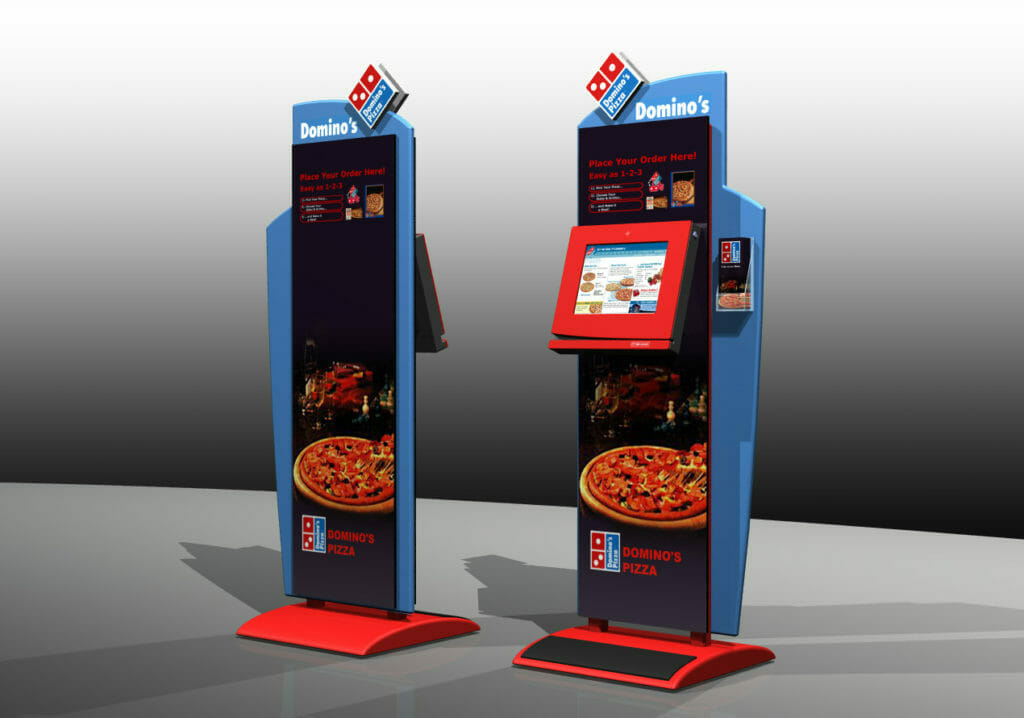
For example, digital POS programs can easily be tailored to the needs of local markets or even change based on the time of day. For example, if you work at a convenience store, your morning messaging may highlight products like coffee or energy drinks to morning commuters, whereas you may switch to advertising your specials on take-away snacks or lunch specials later in the day.
Digital video displays also allow you to tell a story to your customer or to give a demonstration, all without the need for salesperson assistance. This is especially useful when you may have customers who are waiting in line to check out and have a few minutes with no distractions to learn more about your brand.
Retailers can also use digital POS displays for promoting discounts or specials based on real-time analytics. For instances, if your store is equipped with a check-out scanner or shopper intelligence technology, you could easily use the sales data that is gathered throughout the day to evaluate which products may need an extra push, or which promotions are especially effective that day. You could even put a live countdown on the screen announcing when a promotion will end to help encourage urgency and impulse in customers.
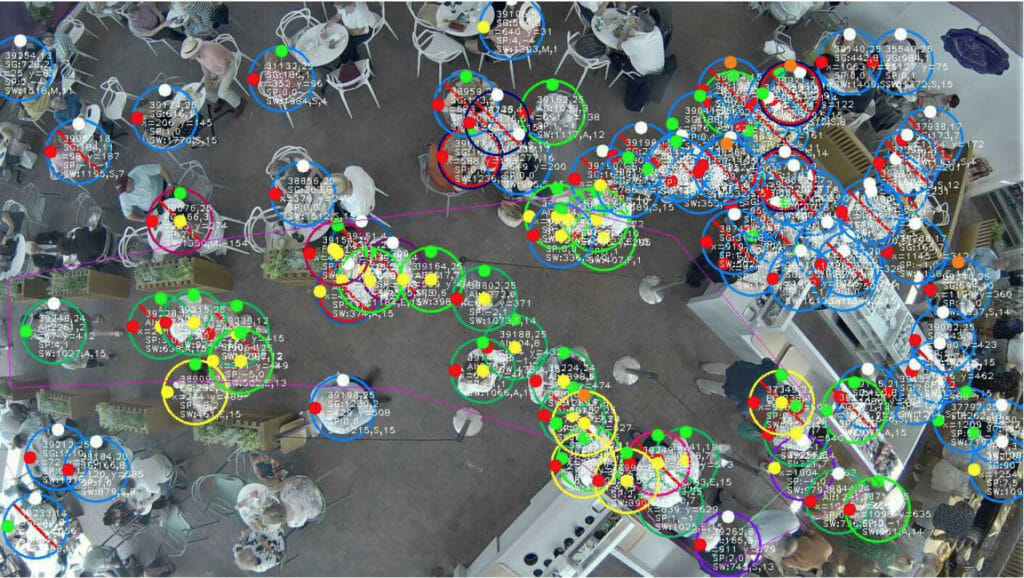
For retailers who are looking to create an even more personalized customer experience, you could opt for touch-screen digital content at checkout that allows customers to answer questions about their purchases or select the option to upgrade their purchase with additional add-on items.
When you have a customer who has already made the decision to purchase something at your retail store, they are much more likely to be open to buying additional items if they are served the right content and messaging at check-out.
Digital displays at retail checkouts can go a long way towards furthering your Point-of-Sale Marketing efforts, and our team at Bluewater is here to help you determine which technology and content would be most effective at doing this in your retail store. To learn more about our digital content and technology options, contact us today.






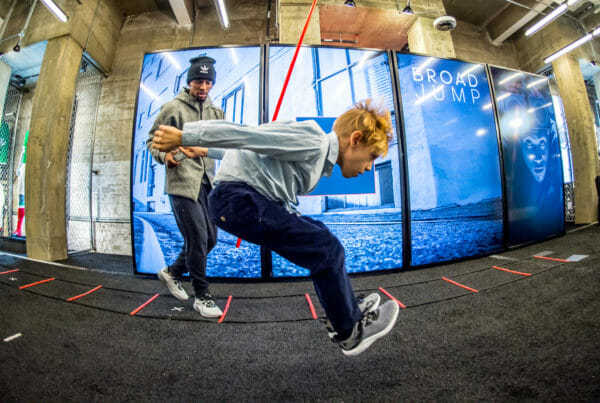
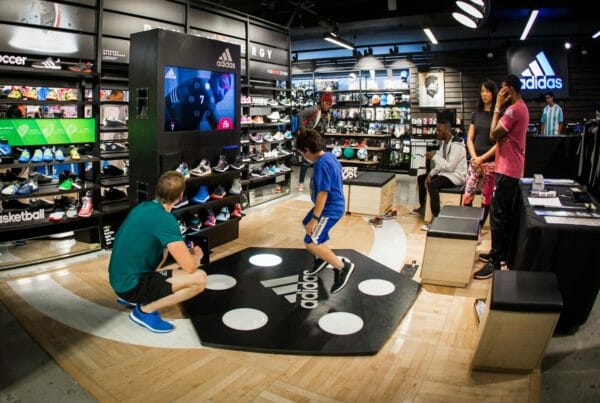
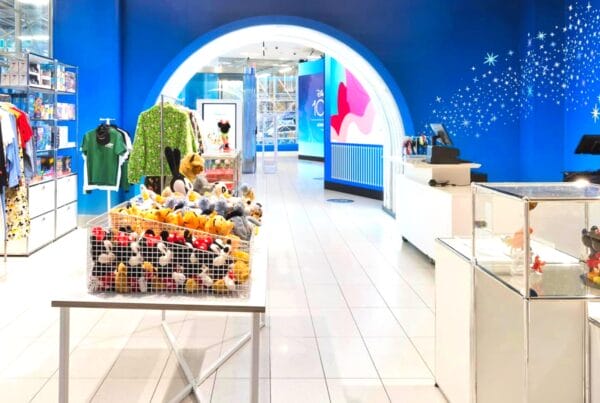



One Comment